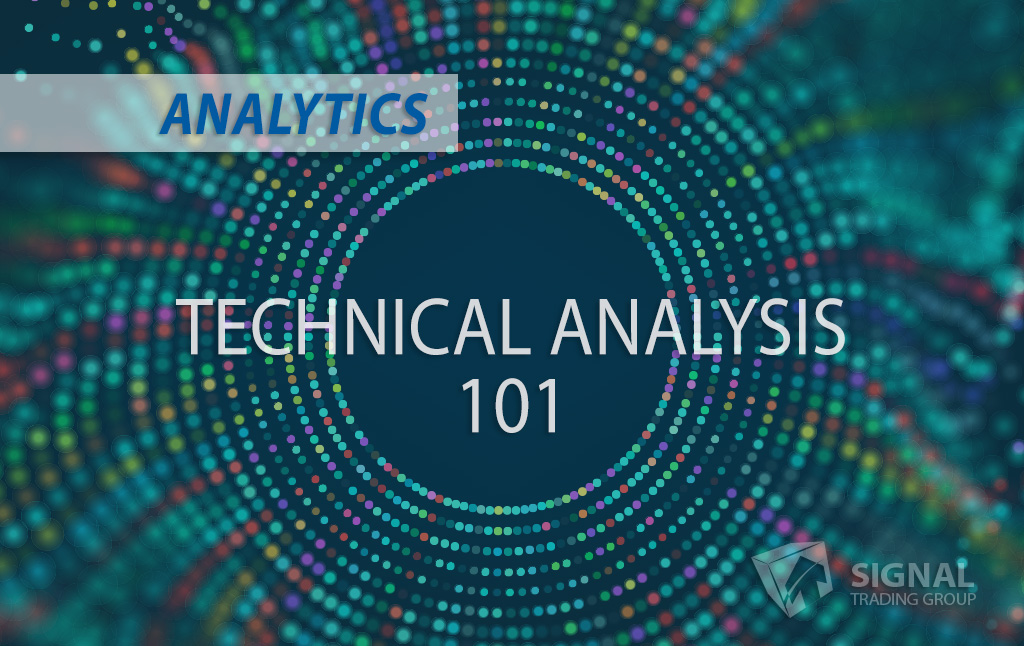The Technical Analysis 101 blog series is your guide to understanding trading concepts, price patterns, and technical indicators. Every post will focus on a specific topic to expand your knowledge and elevate your trading game.
The TRIX Indicator: Exploring the Triple Exponential Momentum Tool
In the world of technical analysis, market participants constantly seek new ways to identify promising opportunities and minimize risks. One such tool often employed by technicians is the Triple Exponential Moving Average (TRIX) indicator. This momentum indicator is a practical means of filtering out insignificant price movements in stocks and other securities, enabling traders to focus on larger trends. This blog post will dive deep into the TRIX indicator, discussing how it works, its applications, and potential strategies to enhance your trading experience.
Understanding the TRIX Indicator
The TRIX indicator calculates the percent rate-of-change of a triple exponentially smoothed moving average based on a security’s closing price. This calculation results in an oscillator that revolves around a zero line, allowing traders to observe larger trends in the instrument’s price.
In simpler terms, when the TRIX is positive, it indicates upward momentum, while a negative TRIX implies downward momentum. Consequently, the market is considered trendless or range-bound when the TRIX is close to zero.
By selecting a specific period (e.g., 15 days), the TRIX filters out the noise and concentrates on broader market trends. Thus, it eliminates influences from those cycles shorter than the chosen period, mitigating the impact of price whipsaws.
The TRIX as a Leading Indicator
The TRIX stands out due to its leading nature, unlike many other technical indicators, which need to catch up. In addition, its ability to anticipate turning points in market trends by diverging from the security price makes it an attractive tool for timing entry and exit points.
For example, suppose the TRIX indicator begins rising while the security price is still declining. In that case, traders might interpret it as a possible trend reversal, indicating the end of the downtrend and the beginning of an uptrend.
Introducing the Signal Line
It is also common for traders to plot a moving average with a smaller period (e.g., 9 days) alongside the TRIX. This act creates a “signal line” that provides an extra layer of interpretation and enhances the effectiveness of the TRIX. Signal line crossovers with the TRIX can offer potential buy and sell signals for market participants.
For instance:
- A buy signal is generated when the TRIX crosses above its signal line.
- A sell signal is prompted when the TRIX crosses below its signal line.
Moreover, the signal line helps recognize bullish or bearish divergences, which could indicate an upcoming trend change.
Practical Applications and Strategies
The TRIX indicator can be employed according to the trader’s preferences and market conditions. Some potential strategies for incorporating TRIX into your trading toolkit include:
- Confirmation of trend reversals: Analyzing TRIX divergences can help identify trend changes and confirm the strength of an emerging trend.
- Breakout and breakdown confirmation: TRIX crossovers with the signal line can confirm breakouts or breakdowns in the price action, providing entry and exit signals.
- Risk management: Employing the TRIX as a complementary tool to other technical or fundamental analysis methods might help refine trading decisions and improve risk management.
In conclusion, the TRIX indicator is a powerful yet simple-to-use tool designed to eliminate market noise by filtering out insignificant price movements. Its leading nature, coupled with the added functionality of the signal line, makes it a valuable addition to any trader’s toolkit. With the right approach and practice, you can make TRIX an integral part of refining your market entry and exit points.




